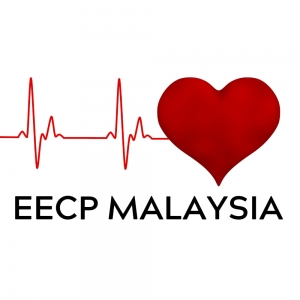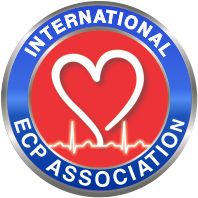EECP Therapy in Penang: A Non-Invasive Option for Heart Disease & Stroke Recovery

Why Penang patients are choosing EECP
If you or a loved one in Penang is struggling with chronic angina, poor exercise tolerance, heart failure symptoms, or recovery after ischemic stroke, EECP (Enhanced External Counterpulsation) is a safe, evidence-based, non-invasive treatment worth considering. EECP is designed to improve blood flow to the heart and brain, reduce angina episodes and improve daily function — all without surgery. PMC+1
What is EECP and how does it work?
EECP uses timed inflatable cuffs wrapped around the calves, thighs and buttocks. These cuffs inflate and deflate in sync with your heartbeat to gently push blood back toward the heart and the brain during the heart’s relaxation phase. Over a full course of therapy this:
-
Increases coronary and cerebral perfusion, delivering more oxygen to under-perfused heart muscle and brain tissue. jacc.org+1
-
Improves endothelial function and shear stress, which can encourage the development of small collateral vessels (“natural bypasses”) over time. jacc.org
These hemodynamic effects are the physiological reasons many patients notice less chest pain, better walking tolerance and improved recovery after stroke. PMC+1
Who is EECP for?
EECP is most commonly recommended for patients who have:
-
Refractory angina despite optimal medical therapy and who are not suitable for or prefer to avoid further PCI/CABG;
-
Symptoms of chronic heart failure where improving perfusion and exercise capacity may help;
-
Selected ischemic stroke patients where improved cerebral blood flow may support recovery (used together with standard stroke rehabilitation).
Major cardiology centres and guideline summaries recognise EECP as an option in these groups, and recent outcome studies report measurable improvements in angina class, 6-minute walk distance and quality of life measures after treatment. Cleveland Clinic+1
Typical treatment plan — what to expect
A standard EECP course is outpatient-based:
-
35 one-hour sessions (usually 1 hour per day, 5 days a week, over 7 weeks). Many patients begin noticing improvements midway through the course, with fuller benefits by completion. Cleveland Clinic+1
Sessions are comfortable and supervised by trained staff. EECP is non-invasive and generally well tolerated; your medical team will screen you first to ensure there are no contraindications (for example, certain bleeding disorders or severe peripheral vascular disease).
Evidence snapshot (short & trusted)
-
Improves angina & exercise tolerance: multiple randomized trials and long-term studies show reductions in angina frequency and nitroglycerin use, and better exercise performance. PMC+1
-
Positive hemodynamic and endothelial effects: studies in JACC and related journals show improved endothelial function and peripheral circulation after EECP. jacc.org
-
Stroke recovery potential: clinical and mechanistic studies (including work by CUHK and later reviews) demonstrate EECP can augment cerebral blood flow and may help selected ischemic stroke patients as an adjunct to rehabilitation. med.cuhk.edu.hk+1
-
Latest outcomes & guideline support: recent outcomes research notes improvements in functional class and hospitalization rates; major cardiac centres describe EECP as a valid non-surgical option for appropriate patients. PMC+1
Why choose EECP Centre Malaysia in Pulau Pinang?
If you live in Penang / Pulau Pinang and are considering EECP, EECP Centre Malaysia already operates locally and offers tailored programs for heart disease and stroke recovery — combining EECP with medical oversight and rehabilitation support to maximise outcomes. For local appointments and enquiries, contact the Pulau Pinang team directly.



